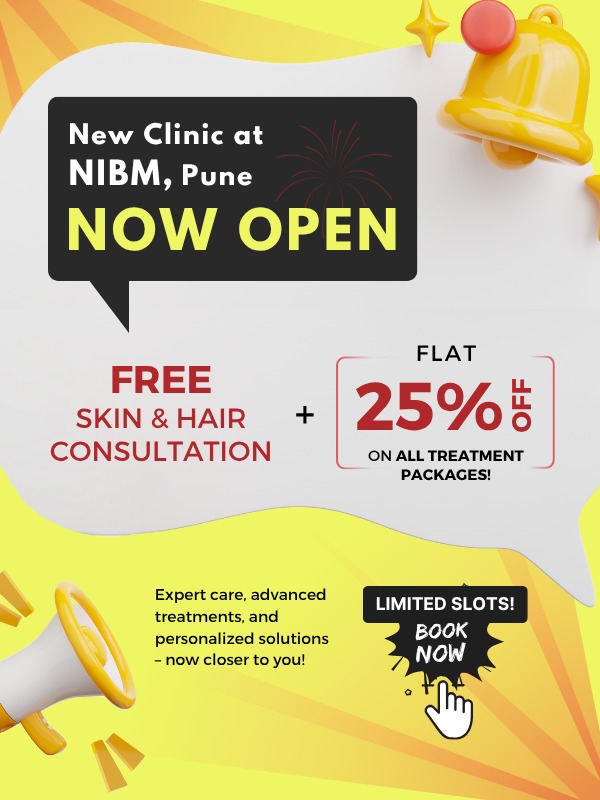Xanthelasma Treatment in Pune
Your journey to xanthelasma-free skin starts here.
What is Xanthelasma?
Xanthelasma is a skin condition that mostly appears on the corners of the eyelids. It looks like puffy yellow patches and occurs due to the fatty cholesterol deposits inside your skin.These yellow patches on eyelids are asymptomatic but may indicate underlying lipid dysfunction like increased cholesterol levels. Commonly seen in middle aged women, xanthelasma can be a cosmetic nuisance because of its location around the eyes and light yellow color.
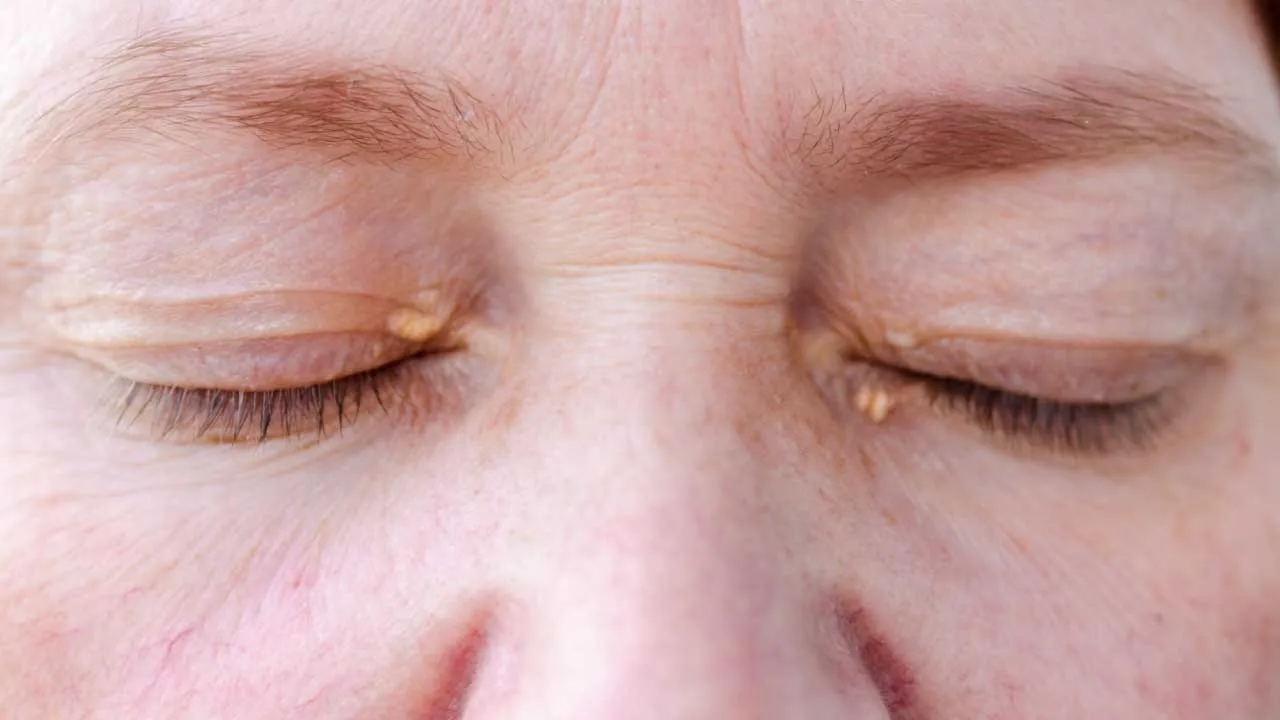
| Downtime | Avg Cost Of Treatment | No. Of Sessions Required | Success Rate | No. Of Patients Treated |
|---|---|---|---|---|
| Max 7 Days | Depends On Treatment | 4-6 Sessions | 90% | 7,000+ |
Many Treatments. One Goal.
Best Xanthelsma Treatment Results in Pune
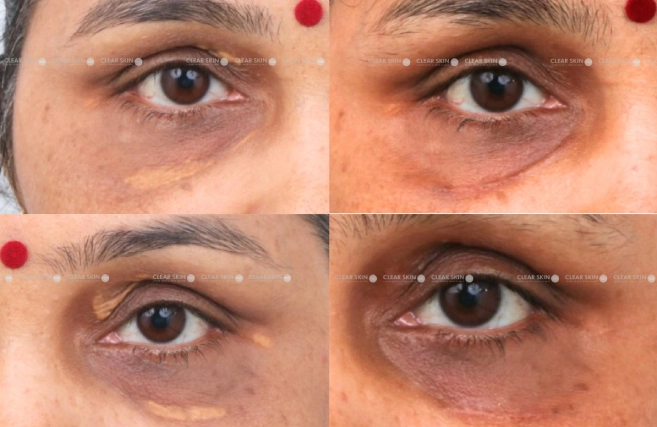
After years of feeling self-conscious about the yellowish plaques around her eyes, our patient achieved smooth, blemish-free skin with just 9 xanthelasma removal treatments.
Conditions
Xanthelasma
Treatment
Chemical Cauterisation, Surgical Removal, Radiofrequency, Laser Therapy
Duration
9 Months, 9 Sessions (Settings)
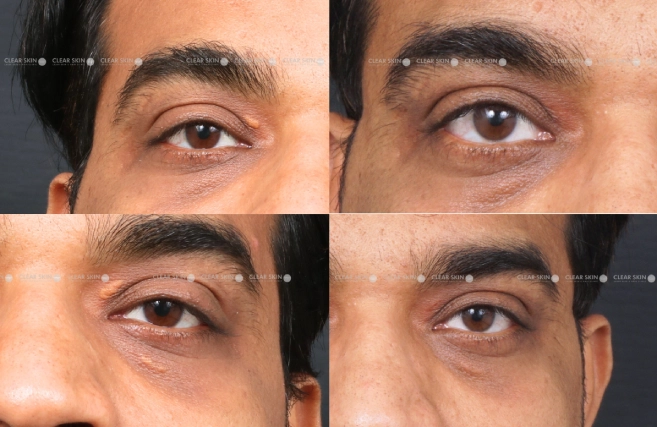
Years of struggling with xanthelasma came to an end for our patient, who now enjoys clear, radiant skin after undergoing effective removal treatments.
Conditions
Xanthelasma
Treatment
Chemical Cauterisation, Surgical Removal, Radiofrequency, Laser Therapy
Duration
9 Months, 9 Sessions (Settings)
With Our Proprietary Treatment Approach, We Have Treated 7000+ Patients Successfully.
Be one of them!
Many Treatments. One Goal.
Yes, It Is Possible To Get Xanthelasma Free Skin.
7,000+ Successfully Treated Xanthelasma Patients Over 34+ years
(You are one click away from flawless skin)
All You Need To Know About Xanthelasma
Most people develop Xanthelasma around eyes due to raised LDL, but you may also get this condition if you have a low HDL level. People with a low HDL level are more prone to develop lipid related disorders like xanthelasma.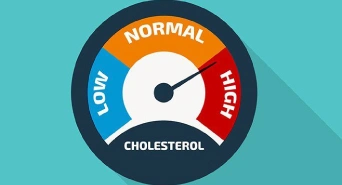
Increased Cholesterol Levels
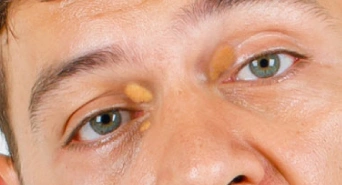
Low HDL Level
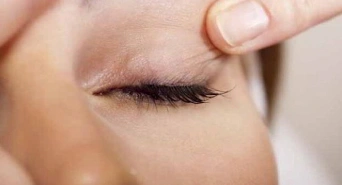
Unknown Other Causes
This is one of the most noticeable Symptoms of Xanthelasma, where yellow or orange-coloured bumps appear on the upper and lower eyelids. You can notice these yellowish patches near the inner corner of both eyelids. Xanthelasma often occurs in a symmetrical fashion on both eyelids. Another sign of developing Xanthelasma symptoms is the smooth, semi-soft or solid feel of these yellow patches. You will feel a soft velvet texture on the patches or plaque when touched. Their sizes generally vary between 2 to 30 mm. Typically, these patches have a flat surface and definite borders. Xanthelasma usually has a flat surface but if you leave it untreated, it can grow from its surface and spread over the eye area. These patches generally do not go away on their own and require removal.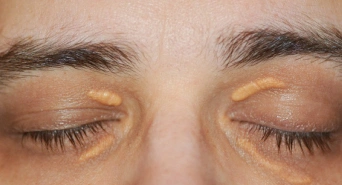
Yellow Patches Near Eyelids
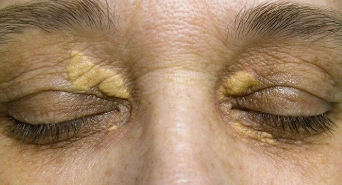
Soft Or Firm Lumps
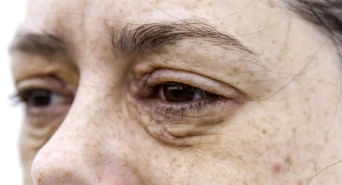
Surface Enlargement
This is an effective solution for Xanthelasma treatment where dermatologists use certain concentrated chemicals like TCA (trichloroacetic acid) or Phenol or even liquid nitrogen (cryotherapy) to selectively burn the affected skin and fat deposits. Generally multiple sessions are required for full xanthelasma removal Studies have shown that TCA application is a more effective solution than any other invasive treatments. It can also stimulate new cell growth underneath the affected skin. This electrosurgery is another commonly used method of xanthelasma removal. People of any age can undergo this treatment, as it is a very safe, quick, and economical solution. Radiofrequency uses electric currents to burn off the treatment area layer by layer. It can remove the entire area of xanthelasma in one session. Dermatologists use surgical excision of xanthelasma when it has spread and involves a large area on the upper or lower eyelids. Xanthelasma surgical removal is an effective and quick solution as the entire xanthelasma can be removed in one setting and the scar can be beautifully blended in the loose skin of the eyelid making it almost invisible. This surgery is done under local anesthesia and is completed within an hour or two. It is important though to opt for this surgical removal under qualified surgeon’s skilled hands.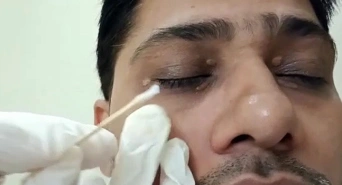
Chemical Cauterisation
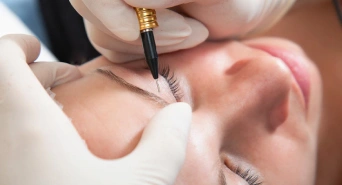
Radio Frequency
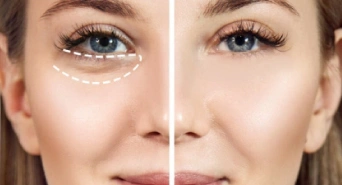
Surgical Removal
Xanthelasma CO2 laser treatment, uses the ablative nature of the CO2 laser to burn off the affected skin. This laser treatment for Xanthelasma is frequently chosen over other treatments because of its precision and minimum scarring of surrounding tissues. Another effective Xanthelasma laser treatment method that gives results with less pain and discomfort This is one of the newest technologies of Xanthelasma treatment In Pune and completely removes the yellow patches with a minimal reappearance rate.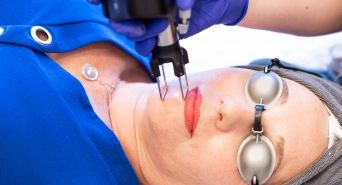
Co2 Laser Treatment
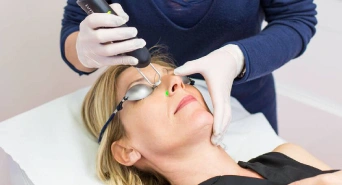
If you notice yellow patches on your eyelids that are bothering your appearance, it's time to visit Dermatologists in Pune. These patches do not usually go away on their own, so if they are lowering your self-esteem, you can get them removed. Your dermatologist can suggest the best treatment after screening your xanthelasma condition. Those yellow patches can be the initial symptoms of underlying health conditions such as diabetes, thyroid and higher levels of cholesterol. Therefore, it is advisable to visit skin specialists in Pune, as they can only recommend the best solution and determine other health risks. These yellow patches often spread over the eye area if you do not undergo any proper treatment. Any changes or growth need a visit with a dermatologist for further evaluation. Best dermatologist in Pune can evaluate the reasons and address these changes to avoid further complications.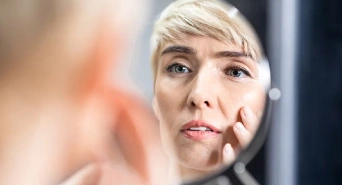
Cosmetic Concern
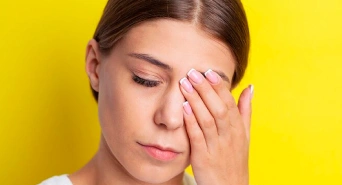
Underlying Health Issues
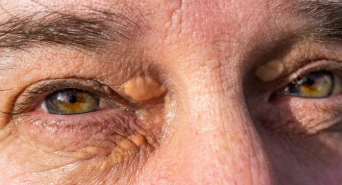
Sudden Changes Or Growth
Many Treatments. One Goal.
Our Patients Living Confidently Everyday.
I visit this place for my acne problem and I got excellent result. Dr Sumit is very humbal and kind and give me very effective treatment and all staff is very friendly.
I was going through acne since long...found clear skin hair md and got fantastic result for my acne best clinic for acne prone skin...thank you. Me highly recommend for people who are going through acne 🙂
Professional Acne solutions for all the skin types are available here. Big thanks to Kishori ma’am for helping me out with all my skin related issues, highly recommended.
Clear Skin clinic is rated excellent on google & practo
(4.9 out of 5 based on 8289 google & 8000+ practo reviews )
Many Treatments. One Goal.
Clear Skin. We Care.
We Are The Most Preferred Skin Clinic For Xanthelasma In Pune! Why?
Our experienced teams of doctors and staff are the backbone of Clear Skin Clinic. We are the most preferred skin care clinic in Pune because of our extensive service range for your budget. Clear Skin Clinic services always prioritize your safety and treatment requirements. Our top dermatologists in Pune have treated over one lakh patients over the years, and their customer-driven services that use advanced technology make us the best among our peers.
We
Highly experienced, board-certified, and the best dermatologist in Pune for acne leads the team, supported by well-trained medical staff.
Dermatology services in Pune using effective and state-of-the-art technologies and equipment.
Provides personalised Xanthelasma treatment plans and guidance to each patient following a thorough assessment and profiling of their condition.
Actively involved in dermatological research and continually updated with the latest education on xanthelasma prevention tips.
Others
Patient Guides
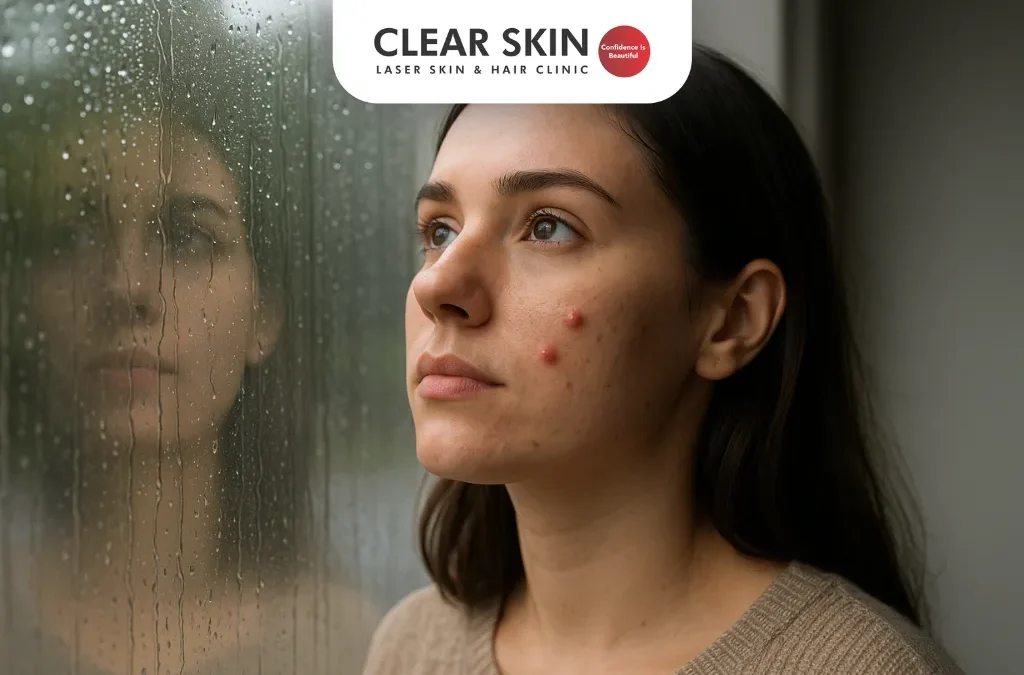
How to Avoid Acne in Monsoons?
Avoid acne in monsoons with a gentle skincare routine, diet tips, and hydration. Get expert advice to manage breakouts and keep your skin clear and healthy.
Does Makeup Cause Acne-Prone Skin?
Worried about breakouts from using makeup? Does makeup cause acne for you? Learn the safe ways to apply makeup for acne-prone skin.
Morning Skin Care Routine for Glowing Skin
Clear Skin Clinic, led by top dermatologists, shares the ideal morning skincare routine to help you achieve a radiant complexion naturally and effectively.
Monsoon Skin Care Tips for Radiant, Healthy Skin
Clear Skin Clinic, led by top dermatologists, shares the ideal morning skincare routine to help you achieve a radiant complexion naturally and effectively.
How To Take Care Of Oily Skin in Monsoon?
Oily skin care in monsoon focuses on gentle cleansing, hydration, and protection to reduce breakouts, greasiness, and help maintain skin balance daily.
Is Laser Hair Removal a Permanent Solution?
Can Laser Treatment Remove Hair Permanently?
Skin Care Tips – Monsoon Skincare Routine to Follow
Protect your skin this monsoon with a dermatologist-approved monsoon skincare routine. Simple steps for hydrated, glowing skin.
We Are Here To Answer Every Possible Doubt You Have On Xanthelasma.
If you don’t find answer to your query, then please write down to is. We are always there to help you.
Is there any medicine for Xanthelasma?
Medication is applicable only in the case of people with associated disorders. Medicines do not play any role in Xanthelasma removal or cure.
Which treatment is best for Xanthelasma?
Dermatologists determine the best treatment for Xanthelasma removal only after a thorough diagnosis of the case, necessary tests, reviewing reports, and the suitability of a particular treatment in the patient’s case. Nevertheless, some treatment options include laser surgery with fractional CO2, surgical removal, trichloroacetic acid (TCA) application, Radiofrequency, laser ablation, and surgical excision.
How long does it take to remove Xanthelasma?
The time for Xanthelasma removal depends on the treatment option. Radiofrequency ablation (RA) provides relatively quick results, and TCA application also demands numerous sessions to get rid of Xanthelasma.
Does Xanthelasma come back after removal?
Certain underlying reasons can also cause Xanthelasma to return in the same area or another one after the treatment
What causes xanthelasma?
Xanthelasma is primarily caused by high levels of cholesterol or other lipids in the blood. Factors such as genetics, age, diabetes, and certain lifestyle choices can contribute to its development.
Is Xanthelasma harmful?
While xanthelasma itself is not harmful and does not cause any symptoms, it can be an indicator of high cholesterol levels, which may increase the risk of heart disease. It’s important to address any underlying lipid disorders.

